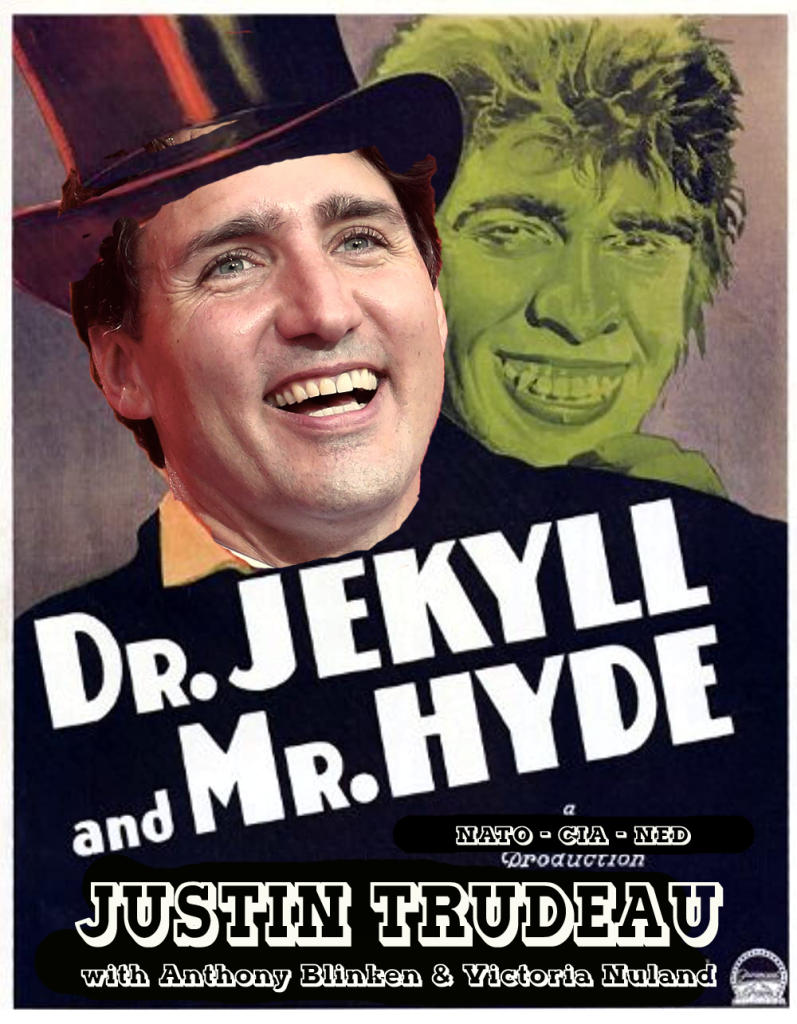
Actually One of the World’s Top Military Spenders and Joined at the Hip to America’s Murderous Militarist Empire
How Canada’s military-industrial complex sucks up to and serves the American one
[This article is the first of three this week exposing Canada’s ties to the U.S. empire and debunking the myth of Canada as a peaceful and progressive nation-state.—Editors]
On July 8, the Canadian government led by Justin Trudeau announced that it would send 38 General Dynamics-made armored vehicles to Ukraine as part of $500 million in military aid allotted to Ukraine that had been attached to Canada’s budget in April.
That budget saw a $6 billion increase in military spending from the $26.4 billion total in 2021, which was to be used to boost cyber security and strengthen the North American Aerospace Defense Command (NORAD), a joint U.S.-Canadian defense organization.
Deputy Prime Minister and Finance Minister Chrystia Freeland said that “Russian President Vladimir Putin’s invasion of Ukraine has reminded us that our own peaceful democracy—like all the democracies of the world—depends ultimately on the defense of hard power….The world’s dictators should never mistake our civility for pacifism. We know that freedom does not come for free, and that peace is guaranteed only by our readiness to fight for it.”
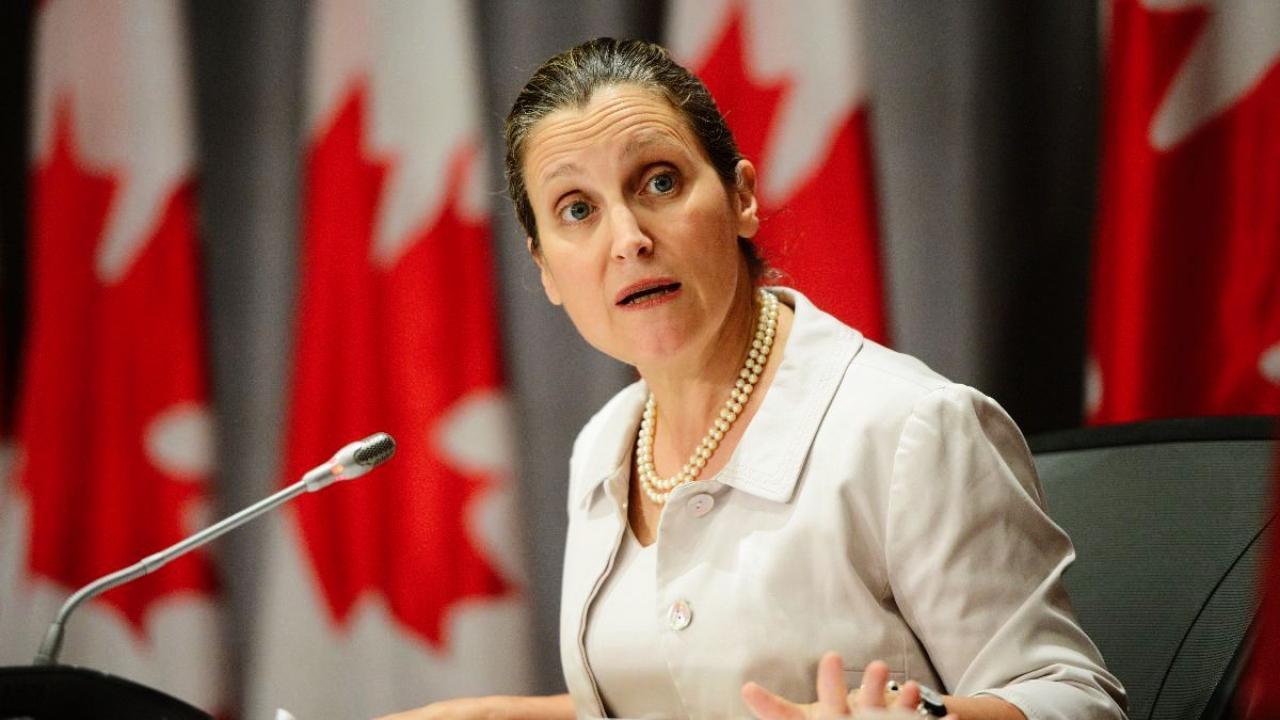
These comments display the priorities of Canada’s current leadership, which is committed to boosting defense spending by $18 billion over the next five years—when it was already ranked 12th in military spending—and to alliance with the United States against Russia and almost all of its other enemies.
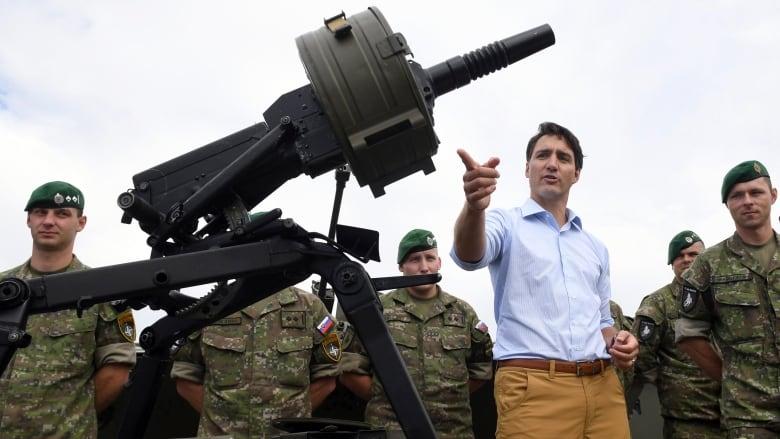
In June, the Trudeau government pledged to spend more than $30 billion over the next two decades to help detect and track military threats from Russia and China in the Arctic.
Trudeau previously imposed sanctions and called for the overthrow of the socialist government in Venezuela, where Canadian mining corporations are desperate to access mineral resources, and has sent Canadian troops as far afield as Mali in Sub-Saharan Africa.


Trudeau has also signed a $15-billion agreement to export light armored vehicles (LAVs) produced by General Dynamics Land Systems Canada in London, Ontario, to Saudi Arabia, which sustains the U.S. Empire by trading its oil in U.S. dollars.

Oh Canada!
Yves Engler’s book, Stand on Guard For Whom? A People’s History of the Canadian Military (Montreal: Black Rose Books, 2022) punctures the myth of Canada as a pacifist and progressive nation and roots Trudeau’s foreign policies in a larger national history.
A Montreal-based journalist, Engler has written 11 books that are mostly critical of Canadian foreign policy. In this one, he shows that the Canadian military has a long and bloody record going back to its subjugation of Canada’s native population and support for British imperial interventions in sub-Saharan Africa.
After World War II, the Canadian military became more tightly integrated with that of the United States, supplying troops for imperial interventions like in the Korean War, while developing its own military-industrial complex that served as an adjunct of the U.S’s
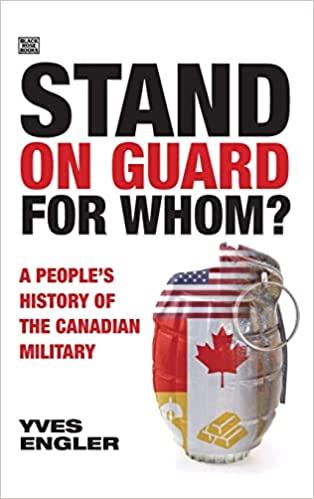

Enforcing the Will of the White Man
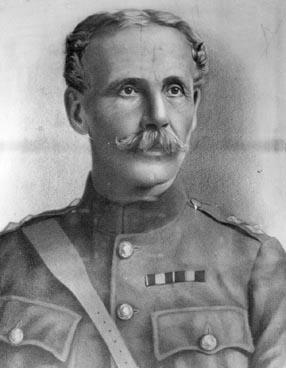
The Canadian Army originated from the British army which conquered North America from the Indians and French with tremendous brutality. Halifax became Britain’s primary naval base in North America after the violent displacement of Mi’kmaq First Nation people who had their heads placed on stakes when they tried to resist.
The father of the Canadian army, William D. Otter, was known for his merciless suppression of Cree and Assiniboine warriors in Saskatchewan.
Otter went on to command Canadian forces in South Africa in the Boer war, which became intimately involved in some of the nastier aspects including search, expel and burn missions.
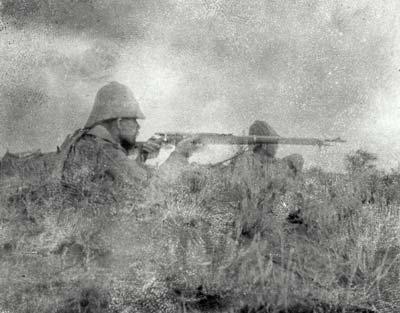
William Heneker, a native of Sherbrooke, Quebec, and a Royal Military College (RMC) of Canada trained officer who led expeditions to conquer West Africa for the British, published an influential British training manual which noted how “the great thing is to impress savages with the fact that they are the weaker, and…enforce the will of the white man.”
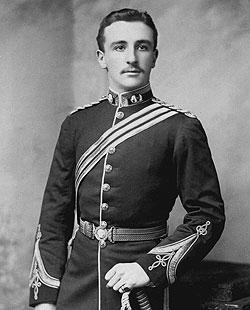
A Vicious Reputation
Nationalist mythology presents Canada as a uniquely pacifist and benevolent country; however, in World War I, which Canada joined out of its loyalty to the British Empire, Canadian troops developed a terrible reputation for violence against prisoners.
After Canadian troops invaded Russia in 1918 with five other countries including the U.S. in an attempt to quell the Bolshevik Revolution, they were rebuked by locals for the “calm skills with which they used shrapnel as a short-range weapon against [Bolshevik] foot soldiers.”

When Canadian troops were found guilty of murdering or raping Korean civilians during the Korean War, they were usually released from prison within a year or two at most.
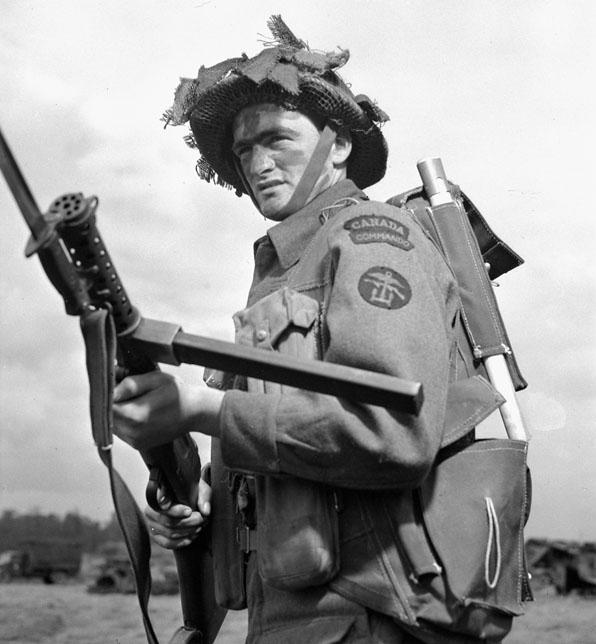
Fifty years later in Afghanistan—where Canadian troops fired an astounding 4.7 million bullets and deployed white phosphorus—Captain Ray Wiss praised Canadian troops as “the best at killing people…we are killing a lot more of them [Afghans] than they are of us, and we have been extraordinarily successful recently…we have managed to kill between 10 and 20 Taliban each day.”
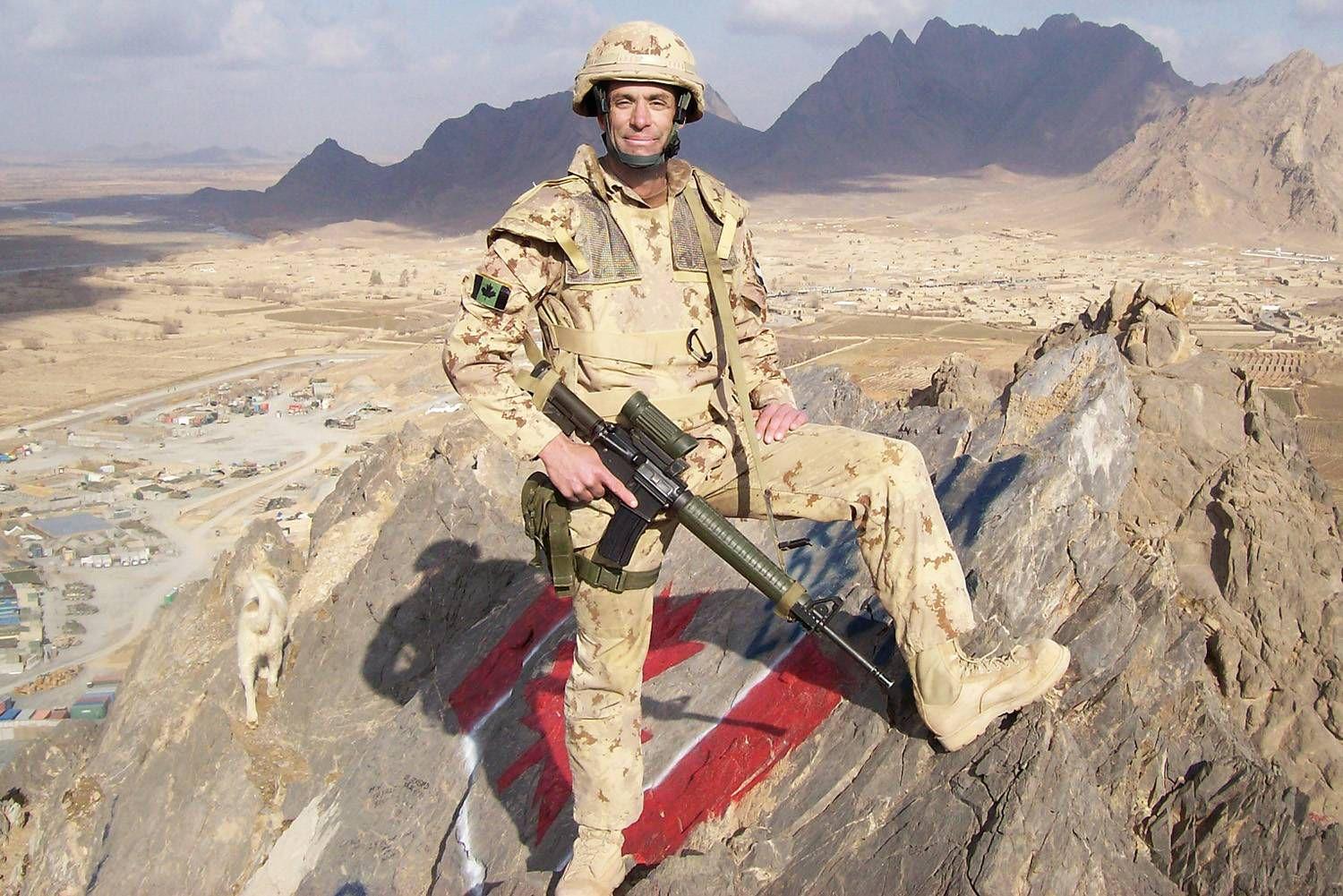
A Partner in the North Atlantic Alliance
In 1910, the Royal Canadian Navy (RCN) was established with the aim of reinforcing the British Empire. It was repeatedly deployed in the British Caribbean and in 1932 lent support to a military-coup government in El Salvador that brutally suppressed peasant and Indigenous rebellions.
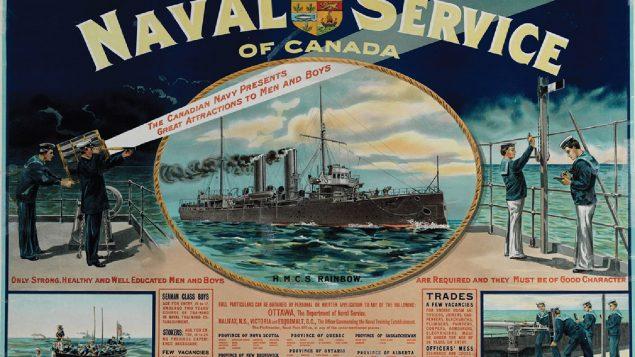
Thirty years later, in 1962, the Canadian Navy participated in the U.S. blockade of Cuba, while assuming responsibility for surveillance of Soviet submarines. When 23,000 U.S. troops invaded the Dominican Republic in April 1965, a Canadian warship was sent to Santo Domingo, in the words of Defense Minister Paul Hellyer, “to stand by in case it is required.”
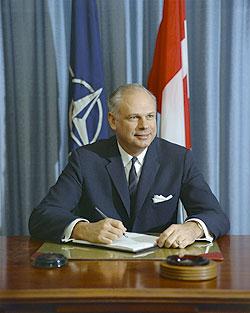
Subsequently, the RCN planned and exercised an invasion of Jamaica that was designed to secure the Alcan bauxite facilities from rioters.
In the 1990s, the RCN sent warships to the Middle East to enforce brutal sanctions on Iraq.
RCN vessels also enforced a naval blockade of Libya and kept the Port of Misrata open during the 2011 Operation Odyssey Dawn, a U.S.-NATO operation that resulted in the overthrow and lynching of Libya’s nationalist leader, Muammar Qaddafi.
During the Korean War in the 1950s, RCN destroyers transported Canadian troops and hurled 130,000 rounds at Korean targets, while destroying trains and tunnels on Korea’s coastal railway.
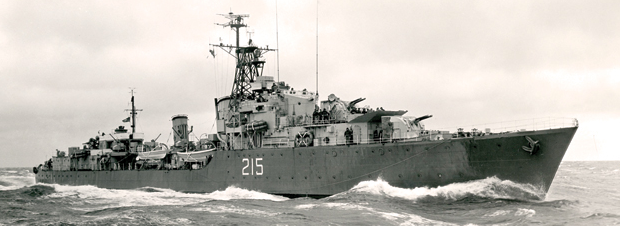
A year before the outbreak of the war, the RCN sent a naval vessel to China as Maoist forces were on the verge of victory in China’s civil war. Part of the objective was to show the U.S. and UK that Canada was a “willing partner in the emerging North Atlantic alliance.”
Canada and NATO
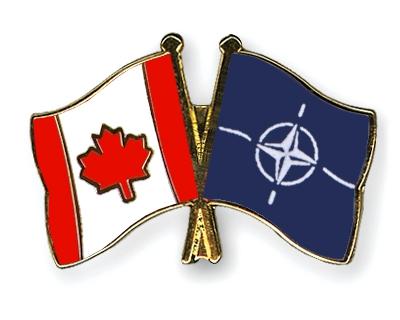
Canada has been a faithful member of the North Atlantic Treaty Organization (NATO) since its inception in 1949, currently providing it with about $165 million annually. Canada’s ambassador to the North Atlantic Council, Kerry Buck, boasted in 2018 that “Canada has participated and contributed to every NATO mission, operation and activity since NATO’s founding.”
Many of these missions were highly dubious, including a) NATO’s creation of underground anti-communist armies in Western Europe that carried out black-flag terrorist attacks that were blamed on communists in order to discredit them; b) NATO’s bombing of Kosovo in 1999; c) its 20-year war on Afghanistan; and d) its attack on Libya in which seven Canadian Air Force jets carried out bombing missions.
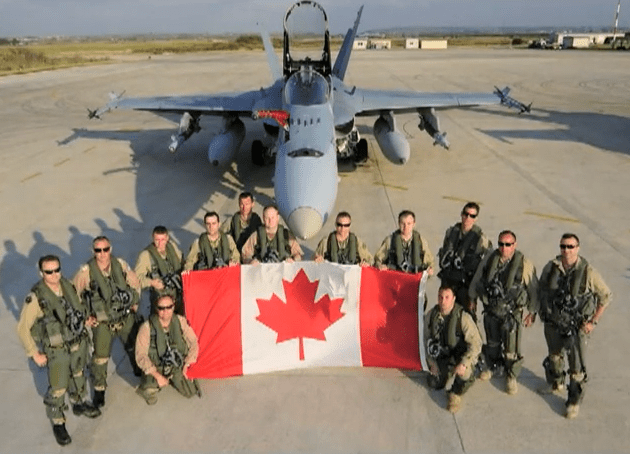
In the 1990s, Canada strongly supported NATO enalrgement to the Czech Republic, Poland and Hungary and has sent troops to Latvia and Ukraine as part of a belligerent policy toward Russia that has provoked a new Cold War and might yet cause a world war.
Canada and the CIA
Throughout the 1950s and 1960s, Canada’s Defence Research Board (DRB) had a formal relationship with the Central Intelligence Agency (CIA), which paid for classified research that was carried out by Canadian academics.
This research included CIA-funded psychological studies that were framed as a response to Communist Chinese brainwashing during the Korean War.
Canadian, British and U.S. officials met to coordinate this research at the Ritz Carlton Hotel in Montreal on June 1, 1951, where the chairman of the DRB, Donald O. Hebb, suggested that the research focus on confessions, menticide and intervention in the individual mind, which was endorsed by other attendees.
Hebb subsequently received a secret $10,000 ($50,000 in today’s money) grant from the DRB to study sensory deprivation—or isolation of human beings—which was used as an interrogation technique.
The U.S. government and CIA subsequently put up half a million dollars ($2 million today) for McGill psychologist Ewen Cameron to build on Hebb’s psychological isolation research in ghastly ways—including forced isolation and administration of electroshocks on individuals and large doses of LSD and other hallucinogens.
The expressed objective of the research, carried out at Montreal’s Allen Memorial Institute from the early 1950s until 1965, was to erase existing memories and re-program individuals’ psyches. Hebb’s and Cameron’s research ultimately influenced the CIA’s 1963 KUBARAK Counterintelligence Interrogation handbook, laying the foundation for the CIA’s two-stage psychological torture methods.
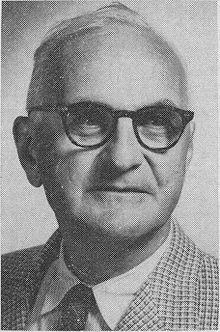
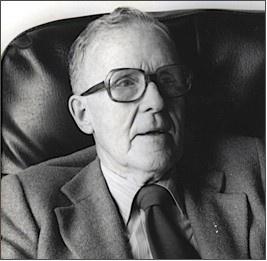
Base for U.S. Weapons Testing
Canada has assisted the U.S. allowing its landmass and many facilities to be used to test various weapons in the deadly U.S. arsenal, including chemical and biological weapons.
According to John Clearwater, author of the 2006 book Just Dummies: Cruise Missile Testing in Canada, “no matter how bizarre the weapon, no matter how dangerous the test, no matter how contrary the weapon to stated foreign policy objectives, Canada has never refused a single testing request from the United States.”
Starting in World War II, a super-secret germ warfare research facility run jointly by the U.S. and Canada operated at Grosse Îsle, 50 kilometers from Quebec City, which produced rinderpest (a cattle virus) and anthrax spores.
During the Korean War, the Guilford Reed-led Defence Research Board laboratory at Queens studied mosquito vectors and how to produce mosquito colonies, and helped turn shellfish toxins into weapons that were subsequently used by the CIA to try to assassinate foreign leaders like Fidel Castro.
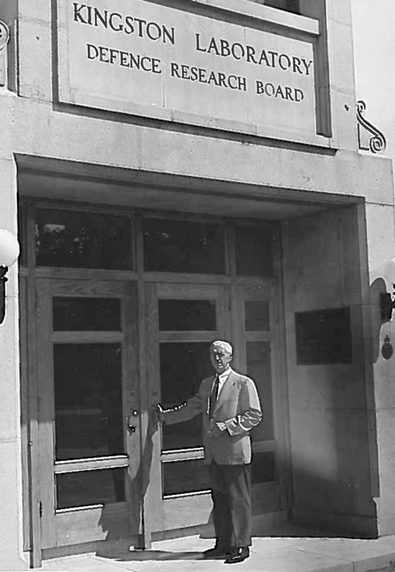
Other biological weapons that the U.S. deployed against Cuba were also tested in Canada and, in July 1953, U.S. army planes secretly sprayed 6 kg of zinc cadmium sulfide, a carcinogen, on Winnipeg, and eleven years later did the same on Medicine Hat, Alberta.
When uproar developed in the U.S. over the testing and development of chemical and biological weapons, much of the research was transferred to a secret military research facility north of Suffield, Alberta, where the U.S. Army tested 25-pound shells filled with highly toxic sarin.
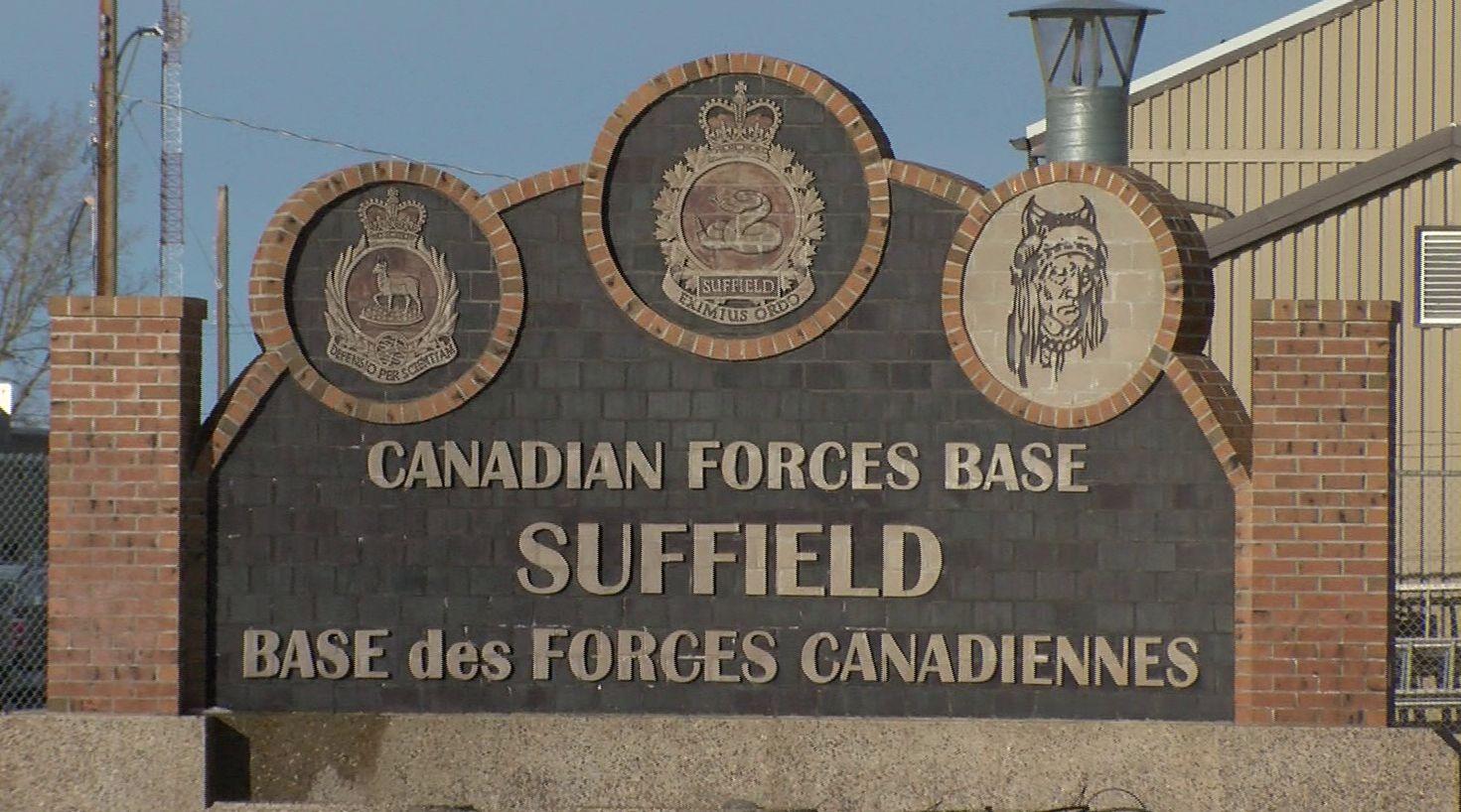
Between 1956 and 1984, more than one billion germs of Agent Orange, Purple and White were sprayed on or near a Canadian military base in Gagetown, New Brunswick.
Canadian scientists generally played a key role in helping to develop defoliants and herbicides sprayed by the U.S. in Vietnam and the British in Malaya. Among them was Otto Maass, Chemical Biological Weapons (CBW) director at Canada’s Defence Research Board and the Chairman of McGill University’s Chemistry Department from 1937 to 1955.[1]
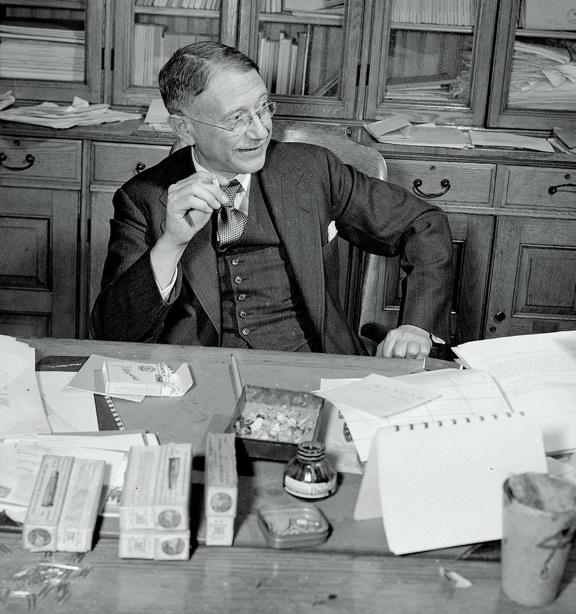
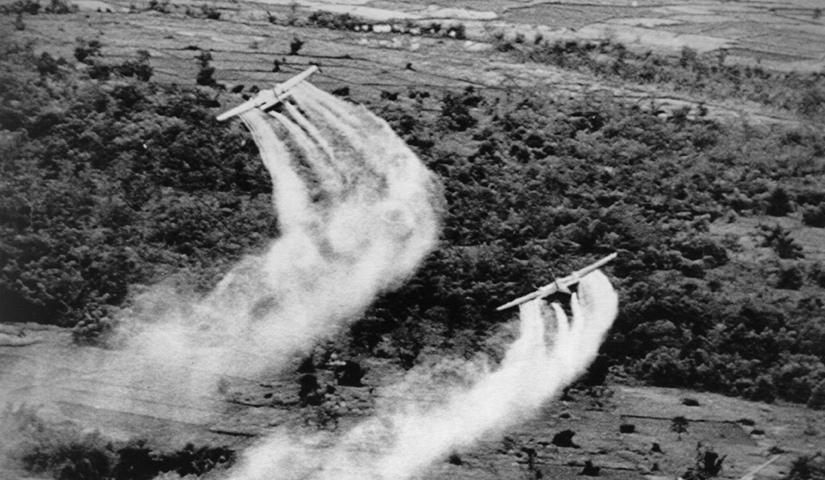
Manufacturing Death
During the Vietnam War, Canadian manufacturers sold the U.S. military significant amounts of polystyrene, a major component in napalm—a flammable liquid agent that burns the flesh.
The latter was produced during the Korean War at Canada’s Defence Research Chemical laboratories. Canadian scientists working at the time at Suffield discovered a thickening agent for flamethrower fuels (napalm), and worked on development of a flamethrower to deliver this new and improved fuel from tanks.
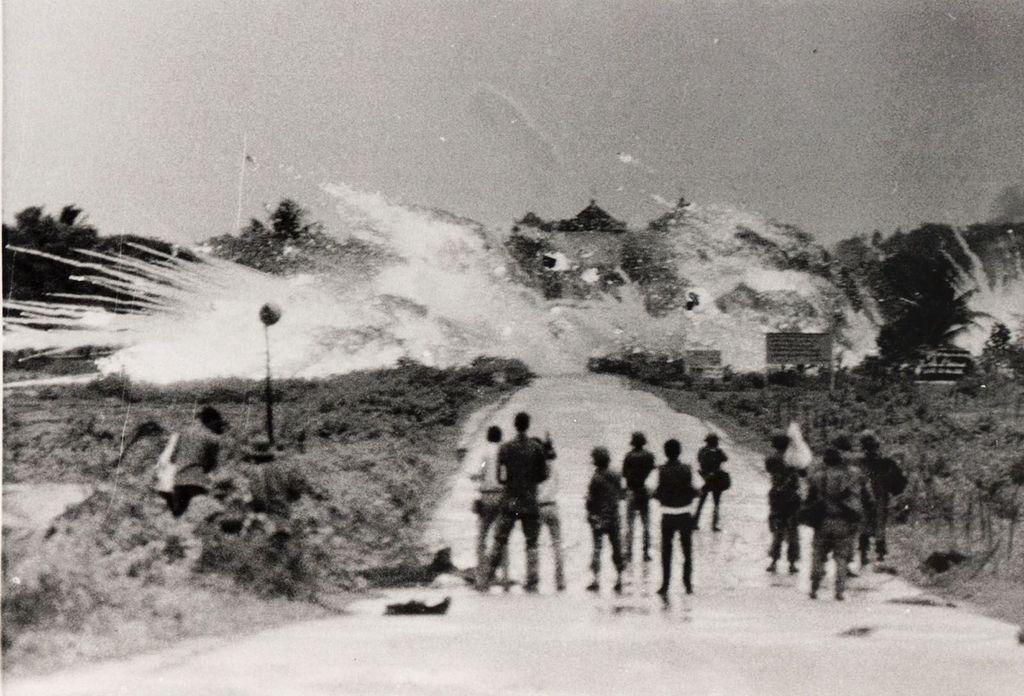
More Complicity in War
Overall, Canadian industry sold some $12.5 billion in ammunition, aircraft parts, napalm and other war materials to South Vietnam and the U.S. for use during the Vietnam War.
American planes that dropped bombs and napalm were often guided by Canadian-made Marconi-Doppler navigation systems and used bombing computers built in Rexdale, Ontario.
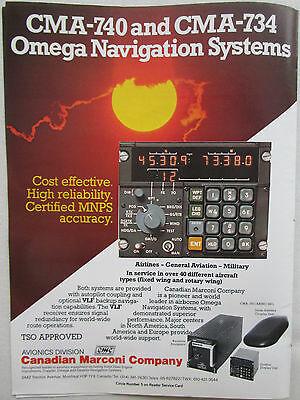
The bombs could have been armed with dynamite shipped from Valleyfield, Quebec. Defoliants came from Naugatuck Chemicals in Elmira, Ontario, and air-to-ground rockets were furnished by the Ingersoll Machine and Tool Company of Ingersoll, Ontario. On the ground, American infantry and artillery units were supplied with de Havilland (DHC-4) Caribous built at Milton, Ontario.

Canadian products also included Beta boots for the troops and the famous green berets of the Special Forces which came from Dorothea Knitting Mills in Toronto.
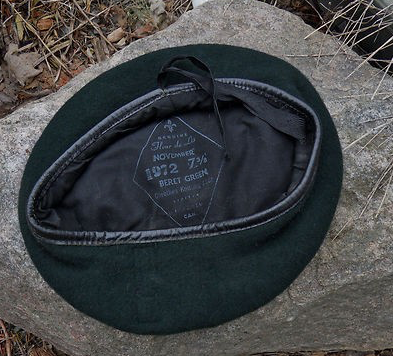
Supporting the U.S. Nuclear Weapons Program
Even though Canada is not officially one of the nine countries possessing nuclear weapons, for years it has supported the U.S.’s nuclear weapons program.
Uranium from Great Bear Lake in the Northwest Territories and which was refined in Port Hope, Ontario, was used in the nuclear bombs that were dropped on Hiroshima and Nagasaki in August 1945. Subsequently, Saskatchewan and Ontario mines supplied a considerable proportion of the uranium used for the U.S. nuclear weapons program.
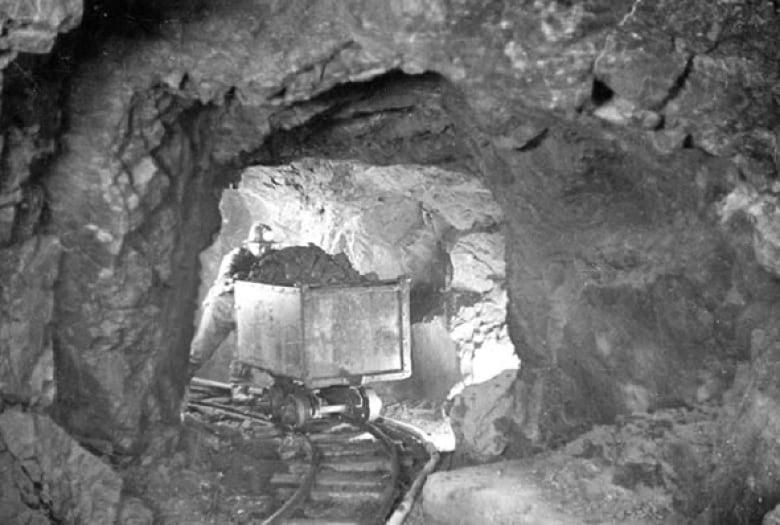
In 1952, Canadian officials permitted the U.S. Strategic Air Command to use Canadian air space for training flights of nuclear-armed aircraft. Since 1965, nuclear-armed U.S. submarines have also fired torpedoes at Canadian army maritime bases and test ranges.
Liberal Prime Minister Pierre Elliott Trudeau (1968-1979; 1980-1984) claimed to be suffocating the arms race but allowed the U.S. to test cruise missiles designed for first-strike nuclear attacks at a Canadian army base in Cold Lake—a policy continued by Brian Mulroney (1984-1993).
In September 1950, the U.S. began storing nuclear weapons at Goose Bay, Newfoundland, while in 1963, Lester Pearson’s government (1963-1968) brought Bomarc missiles to Canada and gave Washington effective control over them.
Pearson had taken power after his Tory predecessor John Diefenbaker (1957-1963) had refused to station the Bomarcs in Canada, and was then threatened by Washington and fell from power in turn.

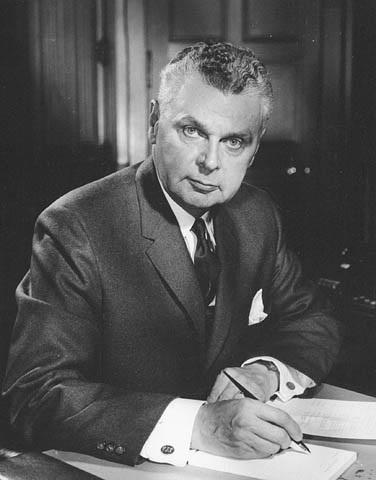
Our Spying Eyes
Canada received significant U.S. backing in establishing its signals intelligence (SIGNIT) capacities. A National Security Agency (NSA) history of the U.S.-Canada SIGNIT relationship released by Edward Snowden labeled Canada a “highly valued second party partner,” which offers “resources for advanced collection, processing and analysis, and has opened covert sites at the request of NSA, CSE [Communication Security Establishment] shares with NSA their unique geographic access to areas unavailable to the U.S.”
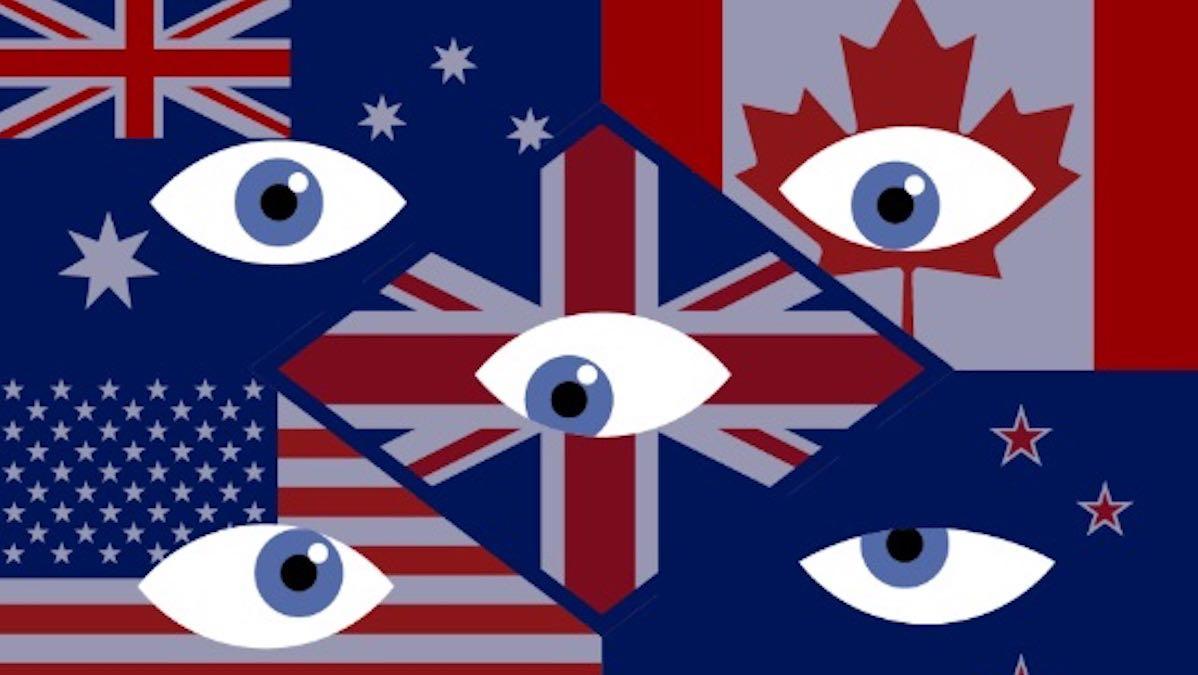
America First Foreign Policy
Canada has hundreds of military accords with the U.S. The most important, NORAD, has deepened the U.S. military footprint in Canada and committed Canada to acquiring U.S. nuclear weapons for air defense.
In 1965, NORAD’s mandate was expanded to include surveillance and assessment for U.S. commands worldwide, and in the 1980s and 1990s, it assisted in the War on Drugs.
Canadians posted to NORAD have helped research space weaponry while NORAD has also cooperated in missile defense work.
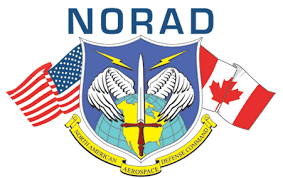
Many leading Canadian generals have trained in U.S. Army war colleges as the Canadian armed forces increasingly strives for what it calls “interoperability” with the Americans.
A March 2017 dispatch from the U.S. embassy in Ottawa to the State Department was tellingly titled “Canada Adopts ‘America First’ Foreign Policy.”
Chrystia Freeland earned her appointment as foreign minister, according to a memo uncovered through a Freedom of Information request, in large part because “of her strong U.S. contacts”; her number one priority was “working closely” with Washington.
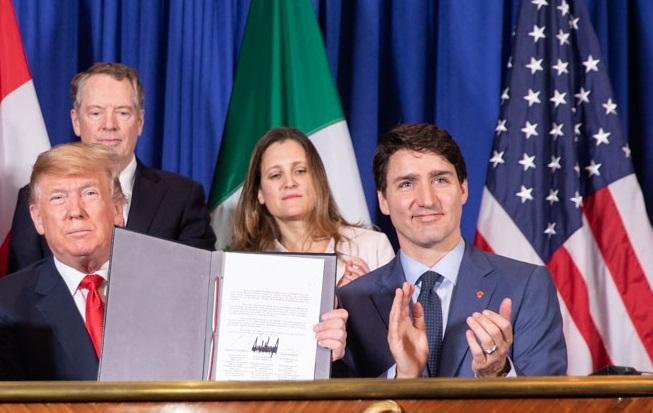
The depth of the Canada-U.S. military alliance is such that, if the U.S. attacked Canada as in the War of 1812, it would be extremely difficult for the Canadian Armed Forces to defend Canadian soil.
According to Engler, Canada’s defense sector ignores the threat from the U.S. because it is not oriented toward protecting Canada from aggression; rather Canada’s “defense community” is aligned with the U.S. Empire’s quest for global dominance.
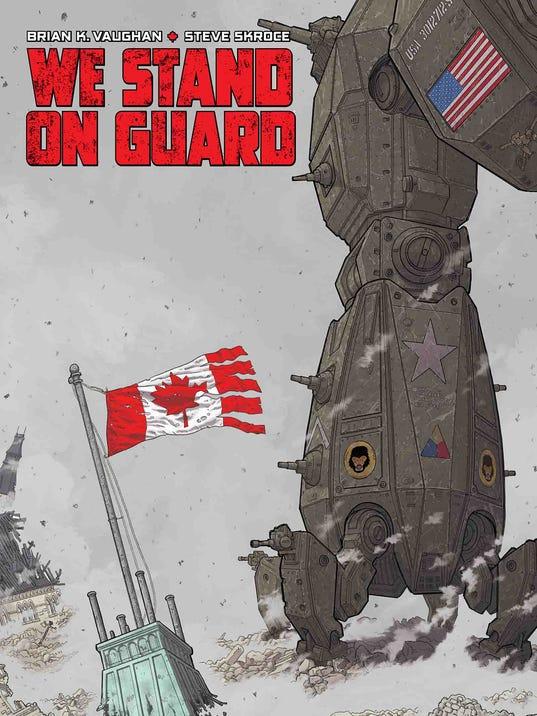
U.S. Pushes for Higher Military Spending
After former Massachusetts governor Paul Cellucci was appointed U.S. ambassador to Canada in 2001, he revealed that his only instruction was to press for increased military spending.
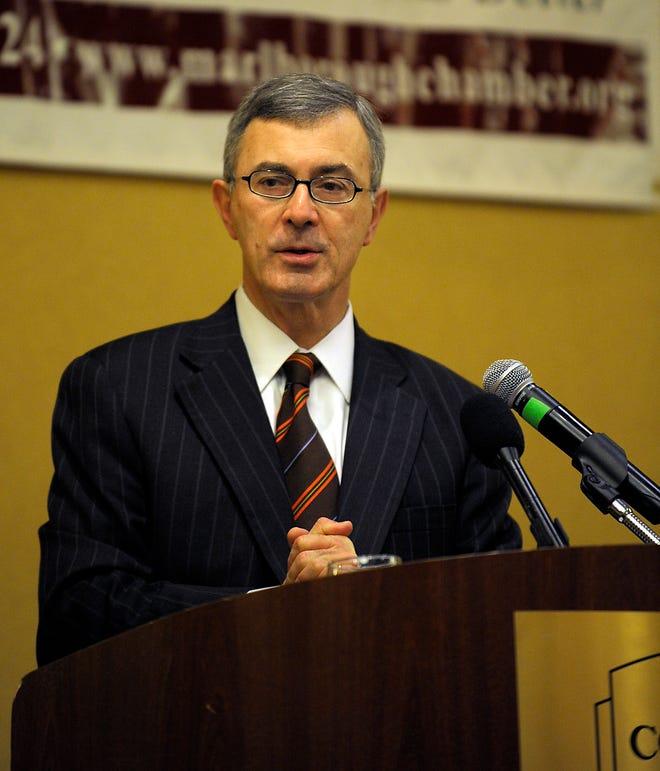
During a 2016 speech to the Canadian parliament, then-U.S. President Barack Obama further called on the Canadian government to increase its military spending while, in 2018, Donald Trump sent Justin Trudeau a letter calling on Canada to improve its military preparedness.
A Rogue State
Canada’s status as a rogue state alongside the U.S. is evident in its non-compliance with a UN treaty outlawing mercenaries and the UN’s prohibition of nuclear weapons, which is supported by two-thirds of UN member states. Since 2007, Canada has also abstained on a series of UN resolutions concerning depleted uranium munitions.
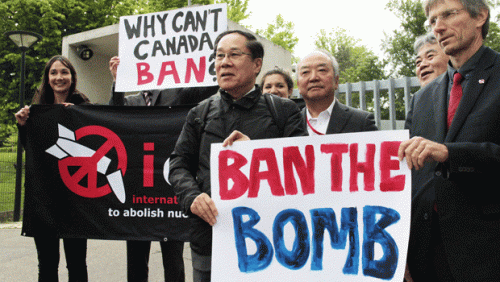
Canadian companies meanwhile have followed their American counterparts in selling weapons to countries that have carried out significant human rights atrocities including Indonesia, Saudi Arabia, Colombia and Israel.
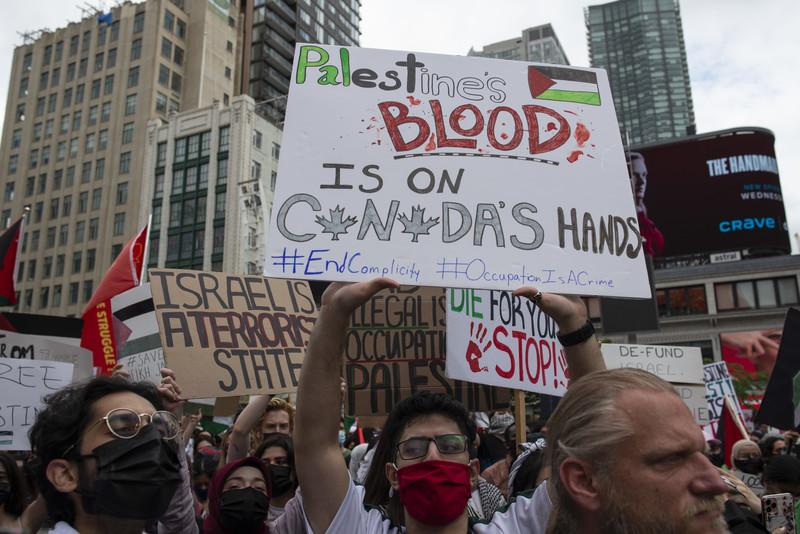
Canada has also participated in illegal U.S. coups like in February 2004 when Canadian Special Forces “secured” the airport from which U.S. Marines forced Haiti’s elected President Jean-Bertrand Aristide—a populist who tried to enact laws to benefit Haiti’s poor—onto a flight to the Central African Republic.
![r/MilitaryPorn - Canada’s JTF 2 guarding the airport at Port-au-Prince, Haiti where a special Canadian Air Force flight will return Canadian citizens home. Angry mobs rampaged through the Haitian capital after President Jean Bertrand Aristide fled the country. February 29, 2004 [1800×1440]](https://covertactionmagazine.com/wp-content/uploads/2022/08/r-militaryporn-canadas-jtf-2-guarding-the-airpo.jpeg)
Canada’s Military-Industrial Complex
Dwight Eisenhower’s warning about a military-industrial complex in his 1961 farewell address applies all too well in Canada.
Canadian companies produce cutting-edge weapon systems and technologies that the U.S. military requires, construct and manage U.S. overseas military installations,[2] and even train the operators of Predator and Reaper drones.
The primary arms-industry lobbying group in Canada is the Canadian Association of Defence and Security Industries (CADSI), which has 20 staff in Ottawa. It has adopted an intense engagement plan that includes hundreds of meetings with members of parliament, key ministers and the Prime Minister’s office.

Top U.S. arms makers Lockheed Martin, Boeing, Northrop Grumman, BAE, General Dynamics, L-3 Communications and Raytheon all have Canadian subsidiaries and offices in Ottawa a few blocks from parliament.
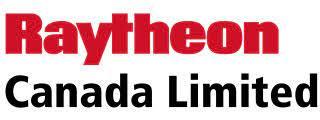
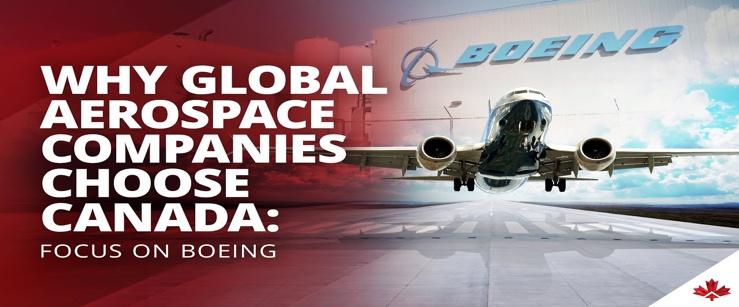
Exemplifying Canada’s version of the revolving door, Lockheed contracted with retired Air Force Commander André Deschamps—who had helped direct the Canadian Armed Forces in Afghanistan—to lobby for military contracts in 2017, while Irving Shipbuilding hired former Vice Admiral James King to push for Arctic and offshore patrol ship contracts.
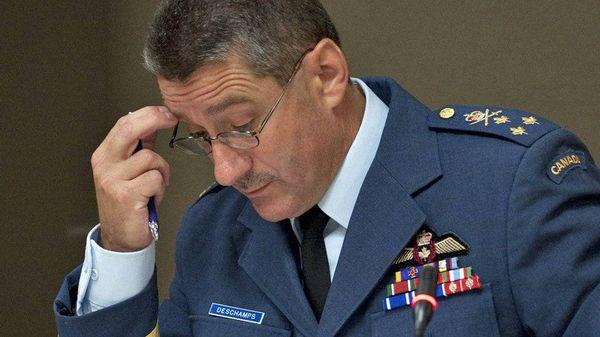
Canada’s economy is dependent on shipbuilding, aerospace, high-tech and mining industries, which all benefit from higher military budgets and tighter integration with the U.S.
Many U.S. arms companies have established Canadian subsidiaries in order to access generous government subsidies at a time when the Canadian government is cutting back on social programs and about one-seventh of Canada’s population lives in poverty.
What Should Be Done?
The only solution at this time is for American and Canadian peace activists to link up to challenge the military-industrial complex in both countries.
Detailed plans are needed to convert the U.S. and Canadian economies away from militarism and retrain workers and engineers who currently work in the defense sectors.
Restrictions on lobbying and foreign military sales should also be an urgent policy demand along with abolishing NORAD and NATO.
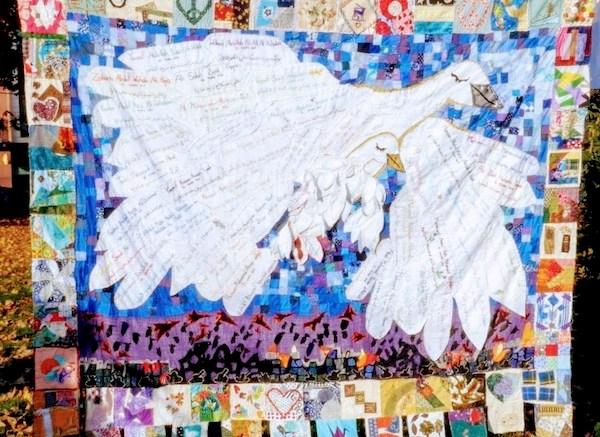
Additionally, the peace movement should work to try to end the glorification of all things military and boycott Hollywood films, government propaganda initiatives and educational institutions that do so, and which dehumanize racial minorities and enemy countries like Russia and their leaders.
Yves Engler writes at the end of his book that “a peaceful world is possible if we want and work for it.” This is indeed true but it will require nothing less than a social revolution to achieve.

-
The building housing McGill’s chemistry department is today named after Maass with a plaque commending him for “contributions to science in defense of his country.” This is in part a nod to his work in the development of fuel air explosives. ↑
-
One of the companies that was involved, SNC-Lavalin, which constructed and managed bases in Kandahar and Kabul, was tied to a recent corruption scandal involving the Trudeau government. ↑
CovertAction Magazine is made possible by subscriptions, orders and donations from readers like you.
Blow the Whistle on U.S. Imperialism
Click the whistle and donate
When you donate to CovertAction Magazine, you are supporting investigative journalism. Your contributions go directly to supporting the development, production, editing, and dissemination of the Magazine.
CovertAction Magazine does not receive corporate or government sponsorship. Yet, we hold a steadfast commitment to providing compensation for writers, editorial and technical support. Your support helps facilitate this compensation as well as increase the caliber of this work.
Please make a donation by clicking on the donate logo above and enter the amount and your credit or debit card information.
CovertAction Institute, Inc. (CAI) is a 501(c)(3) non-profit organization and your gift is tax-deductible for federal income purposes. CAI’s tax-exempt ID number is 87-2461683.
We sincerely thank you for your support.
Disclaimer: The contents of this article are the sole responsibility of the author(s). CovertAction Institute, Inc. (CAI), including its Board of Directors (BD), Editorial Board (EB), Advisory Board (AB), staff, volunteers and its projects (including CovertAction Magazine) are not responsible for any inaccurate or incorrect statement in this article. This article also does not necessarily represent the views the BD, the EB, the AB, staff, volunteers, or any members of its projects.
Differing viewpoints: CAM publishes articles with differing viewpoints in an effort to nurture vibrant debate and thoughtful critical analysis. Feel free to comment on the articles in the comment section and/or send your letters to the Editors, which we will publish in the Letters column.
Copyrighted Material: This web site may contain copyrighted material the use of which has not always been specifically authorized by the copyright owner. As a not-for-profit charitable organization incorporated in the State of New York, we are making such material available in an effort to advance the understanding of humanity’s problems and hopefully to help find solutions for those problems. We believe this constitutes a ‘fair use’ of any such copyrighted material as provided for in section 107 of the US Copyright Law. You can read more about ‘fair use’ and US Copyright Law at the Legal Information Institute of Cornell Law School.
Republishing: CovertAction Magazine (CAM) grants permission to cross-post CAM articles on not-for-profit community internet sites as long as the source is acknowledged together with a hyperlink to the original CovertAction Magazine article. Also, kindly let us know at info@CovertActionMagazine.com. For publication of CAM articles in print or other forms including commercial internet sites, contact: info@CovertActionMagazine.com.
By using this site, you agree to these terms above.
About the Author

Jeremy Kuzmarov holds a Ph.D. in American history from Brandeis University and has taught at numerous colleges across the United States. He is regularly sought out as an expert on U.S. history and politics for radio and TV programs and co-hosts a radio show on New York Public Radio and on Progressive Radio News Network called “Uncontrolled Opposition.”
He is Managing Editor of CovertAction Magazine and is the author of six books on U.S. foreign policy, including Obama’s Unending Wars (Clarity Press, 2019), The Russians Are Coming, Again, with John Marciano (Monthly Review Press, 2018), Warmonger. How Clinton’s Malign Foreign Policy Launched the U.S. Trajectory From Bush II to Biden (Clarity Press, 2023); and with Dan Kovalik, Syria: Anatomy of Regime Change (Baraka Books, 2025).
Besides these books, Kuzmarov has published hundreds of articles and contributed to numerous edited volumes, including one in the prestigious Oxford History of Counterinsurgency .
He can be reached at jkuzmarov2@gmail.com and found on substack here.

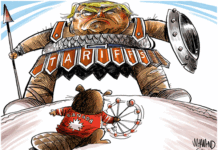
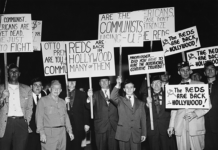
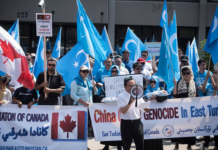




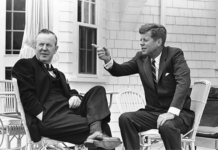


[…] have been abolished in 1991, when the USSR collapsed. Many European countries and Canada have fallen in line in backing the new warmongering […]
As a long-time Canadian “peacenik,” I applaud the thoroughness and well-founded historical viewpoint of this article. I’m embarrassed to say that it contains more information new to me than I am comfortable with. I’ll be sharing this with friends and colleagues. Similarly revelatory and as thoroughly-researched articles on this same topic can be found in a recent special edition of Press for Conversion magazine published by Richard Sanders of Ottawa. The special edition is entitled “Defunding the Myths and Cults of Cold War Canada.” It can be found at https://coat.ncf.ca/
Surprisingly, Canada is the country with the sixth highest rate of bullying in schools and work places. Since the rate of bullying in Canada is high, the country has taken efforts to create organizations that spread the awareness of bullying. The only countries that have a higher rate of bullying are Portugal, Belgium, Russia, Estonia and Austria. Interestingly Russia has been taking a lot of flack due to their actions in Ukraine and their hostile attitude towards other nations when discussing that issue. Many are saying that the bullying issue in Russia may be due to a culture of bullying started from their leasers.
In your last sentence you wrote the word leasers. I think you meant to write leaders.
I would imagine if the past 8 months of
Canadian history were included…we would rank much higher on the list. Trudeau and all his cabinet…all the NDP…all the Greens…and the bulk of the Cons have aggressively worked in concert to push bullying on the masses. This includes every Premier. Only recently have the Cons stood against the tyranny…and I suspect for purely political reasons. Only one party has stood firm on our rights…but canucks are too obsessed with being sheep to pay heed. Our future is dark and bleak.
[…] Canada’s “Jekyll-and-Hyde” Masquerade, by Jeremy Kuzmarov […]
Yes. Shame on Canada for demonizing the world’s most peaceful and progressive country, Russia.
A paid subscriber to all things CBC?
[…] Canadian scientists generally played a key role in helping to develop defoliants and herbicides sprayed by the U.S. in Vietnam and the British in Malaya. Among them was Otto Maass, Chemical Biological Weapons (CBW) director at Canada’s Defence Research Board and the Chairman of McGill University’s Chemistry Department from 1937 to 1955.[1] […]